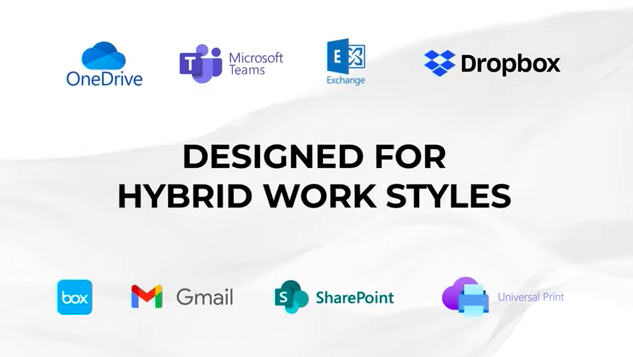As organizations rekindle onsite work, enabling a culture of collaboration by reimagining office locations to be hybrid by design is more important than ever before. For expert insight into the topic, we interviewed Amy Loomis, Research Director for IDC’s worldwide Future of Work market research service in our recent whitepaper, IDC Analyst Connection: Defining a Successful Journey for Office Reentry. In this article, we summarize her main conclusions about the hybrid office phenomena and the steps that need to be taken to foster a collaborative work environment.
The purpose of office work has changed.
As 2021 began and COVID vaccines became available, many organizations started to return to office-based working, but the ever-present health concerns and virus variants have encouraged employers to be more flexible in adopting hybrid work models. In hybrid models, office spaces become a hub for face-to-face collaboration, whiteboarding sessions, relationship and culture building and ad hoc meetings that drive innovation. The question became: How do you ensure that those who are remote can still feel connected and work effectively with employees who are onsite?
The organizational culture of businesses has changed.
In this new world of work, not only are there technological drivers for the new ways of working, but also cultural drivers. In order to succeed, an organization’s culture needs to support multiple ways of working and a dedication to team success over individual accomplishment. In a recent IDC Future of Work Survey, 36% of enterprise business leaders ranked enabling teams to work effectively together as their biggest organizational challenge for remote workers.
Click Here to Read the Rest
SOURCE Sharp Electronics Corporation


